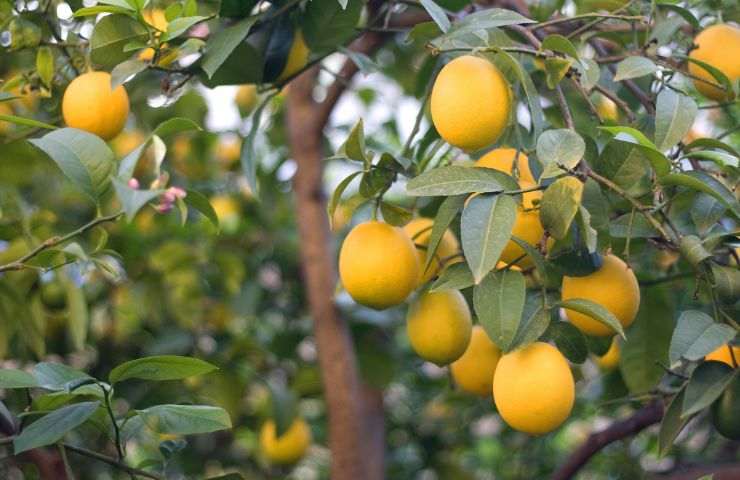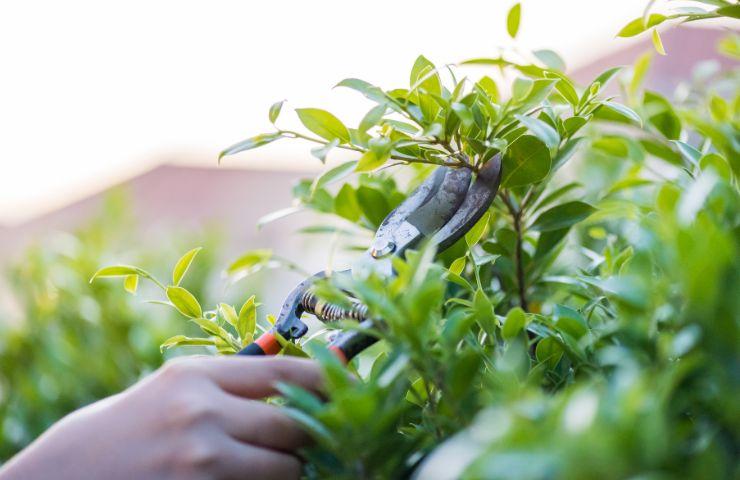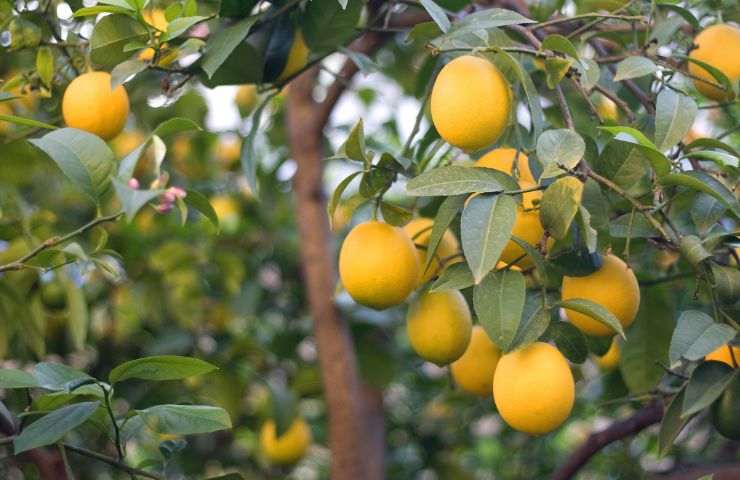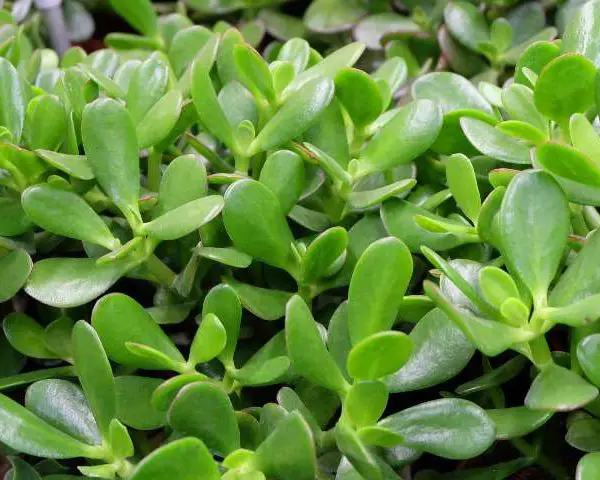Pruning your lemon tree is essential to ensure its health, promote growth, and boost fruit production. Done correctly, pruning helps direct nutrients to the most productive branches and allows the plant to thrive. Let’s explore how to prune your lemon tree efficiently and effectively with a few simple tricks.
Why Pruning Is Important

When you remove specific branches during pruning, you help the plant redirect nutrients and sap to the remaining branches. This process strengthens the tree, encourages growth, and improves the quality of the fruit it produces. However, pruning requires care and precision to avoid harming the plant.
The Best Time to Prune Lemon Trees
To avoid damaging your tree, do not prune between February and March, as this is when branches and leaves are actively growing. The best time to prune a lemon tree is in early spring, typically between April and June.
How to Prune Your Lemon Tree

1. Prepare Your Tools
Before starting, ensure that your cutting tools are clean and disinfected. Use ethyl alcohol to thoroughly sanitize your tools to prevent the spread of fungi and parasites.
2. Remove Older, Woody Branches
Start by pruning the older and woody branches, as these can hinder the growth of new, healthier branches. Make sure your cuts are oblique and cover them with grafting mastic to protect the tree from pests and infections.
3. Eliminate Suckers and Vertical Growth
- Suckers: Remove any branches growing perpendicular to the ground. These vegetative branches don’t produce fruit and drain energy from the tree.
- Vertical branches: Cut back branches growing straight up to improve the tree’s overall shape.
4. Thin Out the Foliage
Thin out the dense foliage to allow more light to reach the interior of the plant. This ensures that even the lower leaves receive adequate light, promoting overall health and growth.
5. Shape the Main Branches
Shorten the main branches by a few centimeters to harmonize the tree’s shape and prevent it from growing too tall. This step also encourages better airflow and sunlight exposure.
Benefits of Pruning

By following these simple guidelines, your lemon tree will:
- Grow healthier and more vibrant.
- Produce higher-quality fruit.
- Be less prone to pests and diseases.
Bonus Tip
If you find that some lemons aren’t suitable for eating, don’t toss them out! Unusable lemons can be repurposed at home in ways you might not expect, from natural cleaning solutions to DIY air fresheners.
By investing a little time and care, you can keep your lemon tree lush, productive, and thriving for years to come. Happy gardening!



